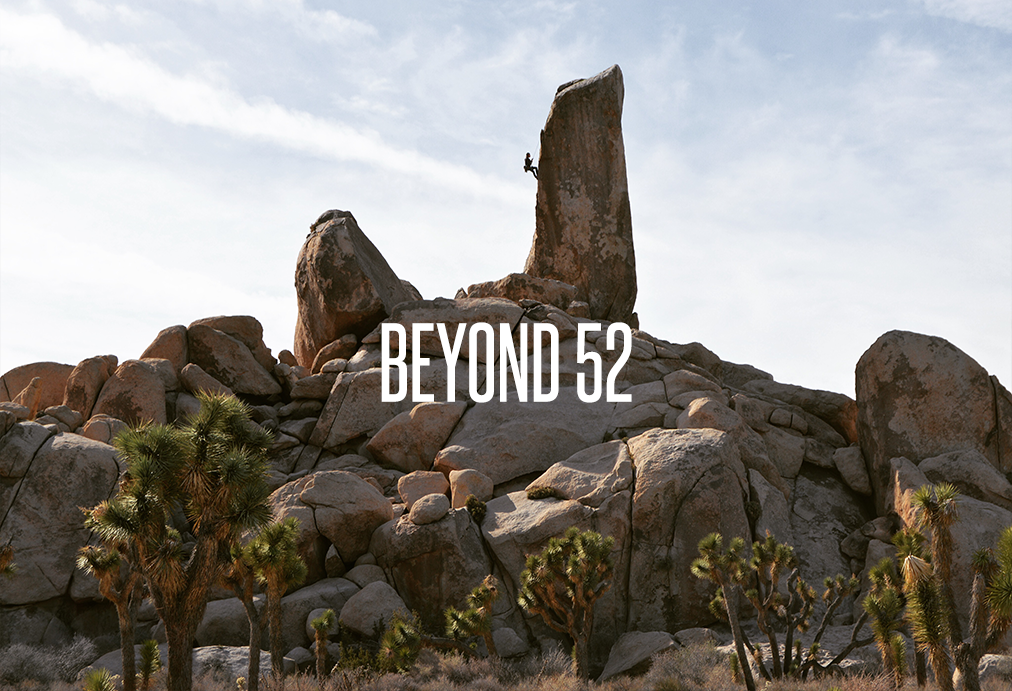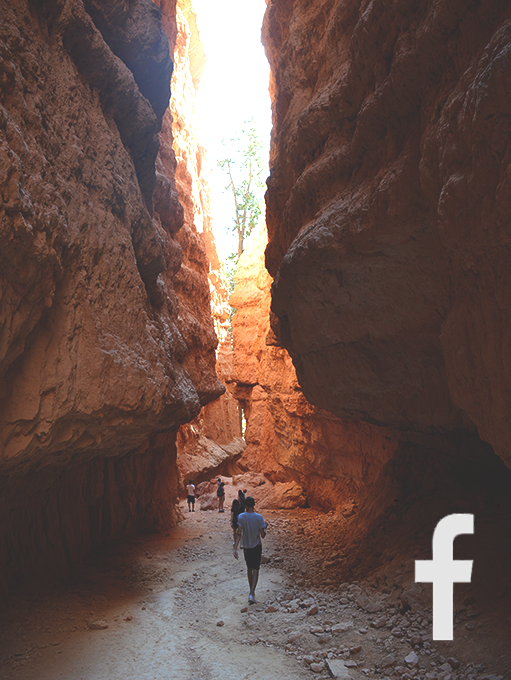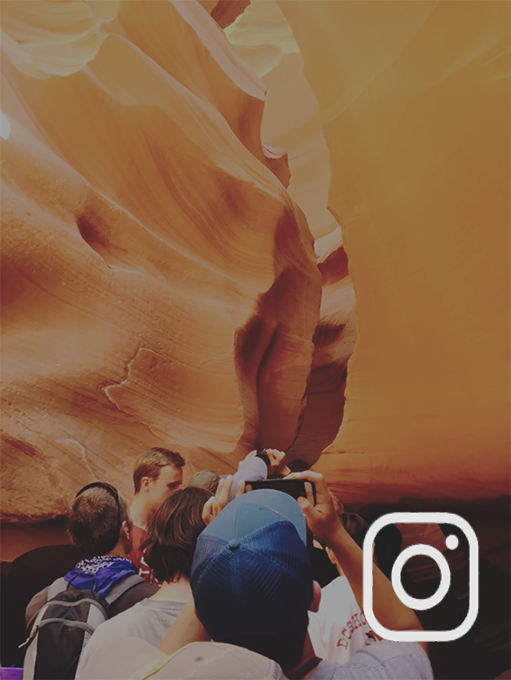
BEYOND THE CHALLENGE
If you have completed the 52 Hike Challenge, we are honored to welcome you to the next level! Here we have provided you with information on joining groups and organizations that will build on your skill level, including information on Mountaineering.
First, you need to build up your skills on navigation, winter snow travel and winter camping. For this, we highly recommend Sierra Club's Wilderness Travel Course, it is only offered in Southern California right now, but they teach you the 3 skills mentioned above in the classroom and through outings with trained instructors over several months in the Spring.
To get in shape for taking on these bigger mountains, we found FitClimb to be a pretty good resource for helping you get in good climbing condition. Ali and his team are a great support for those who want to push their limits, and he has a great app called Cairn that will help you if you need to find out where cell coverage is on the trail. Check it out before you go.
The best way to train for bigger adventures is to hike more often! We advise joining some activities with the Sierra Club. Be sure to check out their events here - you can join O and I outings as a guest. If you're looking for more peaks to check off, Phillip is doing the Hundred Peaks Section (HPS List) and Desert Peak Section (DPS List) that the Sierra Club puts out, he's always looking to go on a climb that he hasn't done! Check out his list here and contact him through our Contact Us with the Subject Line "Request for Phillip or Mountaineering Guidance", he would be happy to climb with you :) You can find tons of other lists to fill your lifetime full of climbs through a highly recommended app called PeakBagger.
Summitpost is a great resource for those looking to get into Mountaineering, but be warned, you're risk level is getting higher and you should always get the proper training (i.e. ice axe/ crampons, avalanche, crevasse rescue, etc.) from a mountain guiding company before attempting any climbs in the snow.
MOUNTAINEERING BOOTS, GAITERS, ICE AXE, AND CRAMPONS:
The proper Mountaineering Boots usually have a full shank (3/4 shank is OK, but not good for steeper grades) to make them rigid so you will not have the flexibility and pop-out of your crampons, which would be very dangerous, especially when on steep terrain. Be sure to get a pair of Mountaineering Boots with the "heal groove" so they can accommodate different styles of crampons (read crampon article in link below). Mountaineering Boots will also be thicker and warmer, so you don't get frostbite, being on the snow is, well, freezing, so it's essential to have the proper footwear. When you're cold and in pain, the extra $100 or $200 dollars spent is insignificant in comparison to possibly losing your toes due to frostbite - besides, if you take care of your Boots, they will last for many years (some people resole their boots too).
For your first pair of crampons in not-to-steep general mountaineering/ Glacier travel, the Strap-on Crampons are good enough. We recommend steel over aluminum because as you walk over rocky sections, the aluminum will bend easier, so go with the harder and heavier steel versions for now. Here is an article on Here is an article on Crampons and what to look for.
Gaiters are essential for keeping snow from going into your boot, but also important from saving your waterproof pants from getting ripped up with crampons. invariably, there will be times when you will get your crampons snagged on your pant leg and it's much easier (and relieving) to know that a tear in your $70 gaiters can be repaired vs. trashing your $300+ waterproof pants. They will also keep you warmer and more streamline, so look for a pair that goes up to your knee as seem below.
Ice Axes come in various shapes and sizes. The most common one for general mountaineering has a straight shaft and long enough to go down to your ankle when holding it by the head in your hand. The most common size is 65 cm, but if you are short or tall, you should adjust this accordingly. Please read this article on choosing an Ice Axe. Phillip likes the Black Diamond Raven vs. the lighter Raven Pro because there is more girth on the head, giving it more surface area and making it easier to lift up and push down when plunging in the snow. It also feels better in the hand (like it won't fall out). This is just one model for comparison purposes, there are many other brands that work well too
Here are Phillip's Recommended Gear Items for General Mountaineering:
If you don't see our recommendations, please disable your pop-up blocker for this site and refresh the page to view
Feel free to read other articles on mountaineering here, but this will NOT substitute for taking real in-person classes, and there is a lot more to learn than what's written in these articles. Consider becoming a Mountaineer a lifelong journey - we know you will be excited and thrilled once you experience the freedom of the mountains once you have the proper training and put safety first.
If you are looking to go on International Trips/ Expeditions or just want to be connected with other Mountaineering Guides, feel free to reach out to Phillip and he will be happy to refer you to some of the companies he used as well as his friends who have their own guiding services. You can Contact us with the Subject Line "Request for Phillip or Mountaineering Guidance"
If you already have these skills, definitely contact him as he is always happy to meet up and share the outdoors with new climbing partners, especially those who finished the 52 Hike Challenge!
We hope that you continue down this path of inspiring others, please let us know if you do, we would be glad to work with you in helping more people with their life changing journey by getting outdoors!




